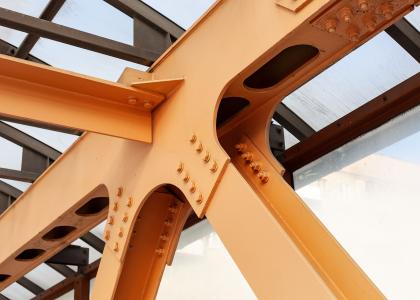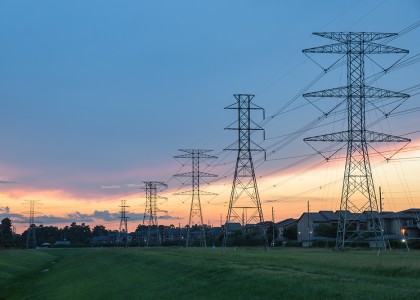June 3, 2020
Washington, DC — A transportation bill released Wednesday by Rep. Peter DeFazio (D-Ore.), Chair of the House Committee on Transportation and Infrastructure, includes key provisions that would help steer some federal funding toward projects enabling lower-carbon transportation and better mobility. The INVEST in America Act would provide $494 billion in federal funding for transportation projects over five years.
“The federal government previously gave money to transportation projects with little consideration of their impact on the climate or on creating an efficient, resilient transportation system. This bill includes a new carbon reduction program that’s a good first step for steering funding toward more efficient, cleaner transportation. It holds states and metropolitan planning organizations accountable for the climate impacts of their transportation projects, incentivizing them to measure greenhouse gas impacts and prioritize efforts that have the greatest carbon reduction potential,” said Shruti Vaidyanathan, transportation program director at ACEEE.
“Of course, policymakers still have a long way to go to invest in a transportation network that dramatically reduces our greenhouse gas emissions at the rate needed while giving people better transportation options.”
The House bill follows a Senate bill, advanced through the Environment and Public Works Committee in July 2019, that contained several similar measures. Both bills include new funding for electric vehicle chargers, among other provisions that would help make transportation more efficient and cleaner.
“I hope it begins a dramatic shift in how we allocate our transportation funding. That’s what we need,” said Vaidyanathan. To strengthen the bill, she said, “We’d also like to see more attention to improving the efficiency of the freight sector, including through applications of innovative technology, dedicated funding for a robust multimodal system, and requirements for states to track and reduce carbon emissions.”


